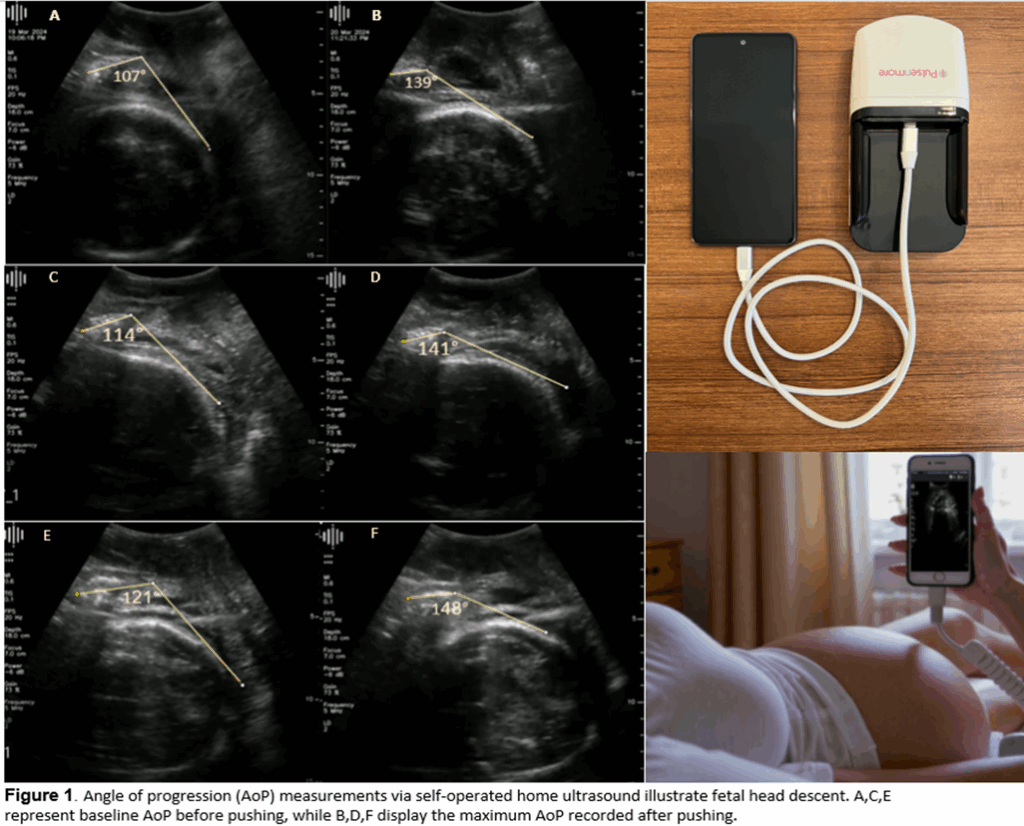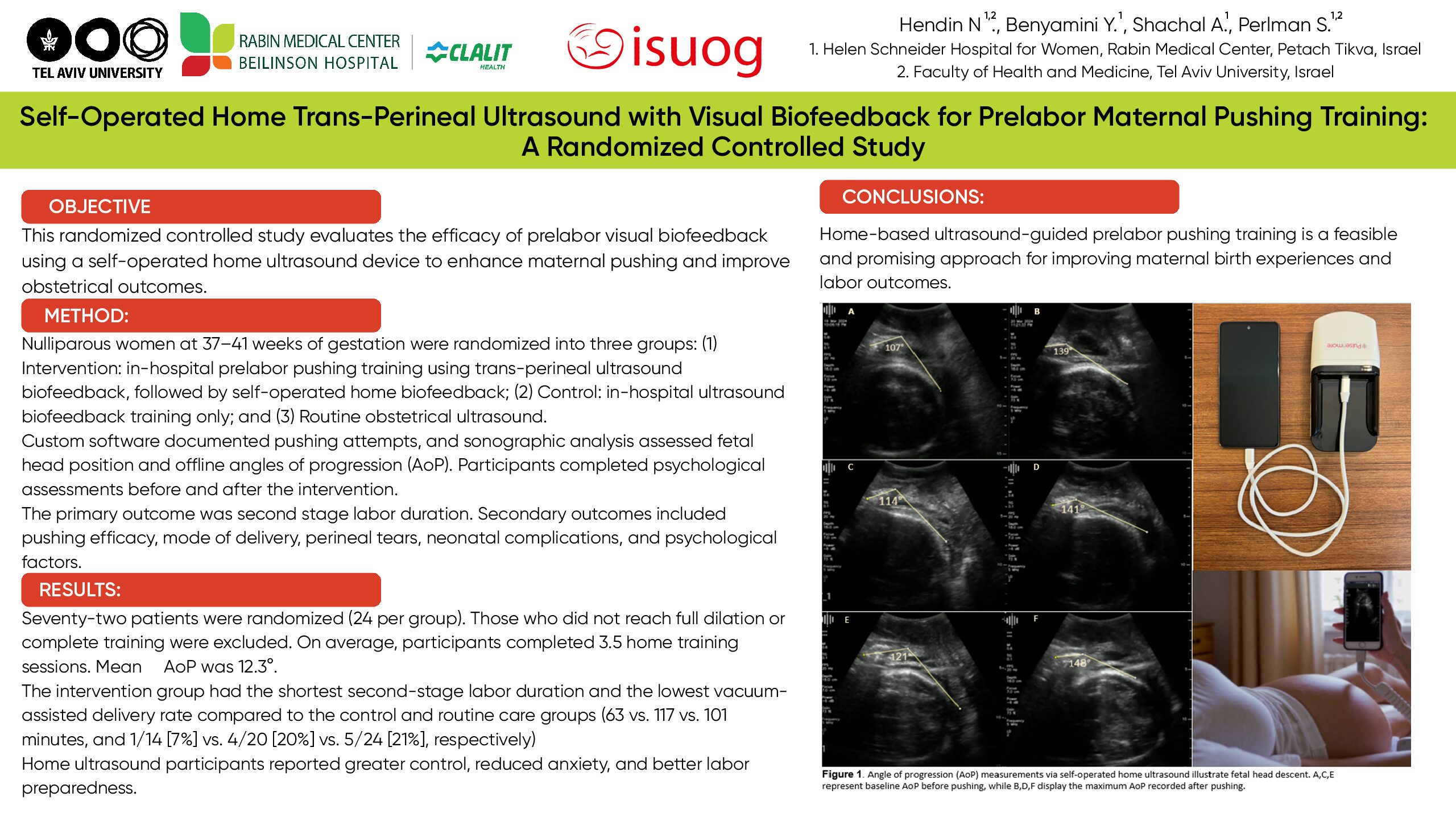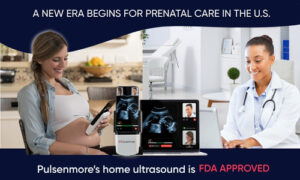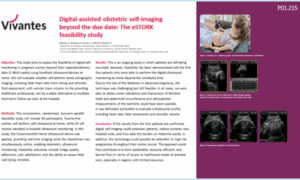Hendin N.1,2, Benyamini Y.2, Shachak A.1, Perlman S.1,2
1. Helen Schneider Hospital for Women, Rabin Medical Center, Petach Tikva, Israel
2. Faculty of Health and Medicine, Tel Aviv University, Israel
Objective
This randomized controlled study evaluates the efficacy of prelabor visual biofeedback using a self-operated home ultrasound device to enhance maternal pushing and improve obstetrical outcomes.
Method
Nulliparous women at 37–41 weeks of gestation were randomized into three groups: (1) Intervention: in-hospital prelabor pushing training using trans-perineal ultrasound biofeedback, followed by self-operated home biofeedback; (2) Control: in-hospital ultrasound biofeedback training only; and (3) Routine obstetrical ultrasound.
Custom software documented pushing attempts, and sonographic analysis assessed fetal head position and offline angles of progression (AoP). Participants completed psychological assessments before and after the intervention.
The primary outcome was second stage labor duration. Secondary outcomes included pushing efficacy, mode of delivery, perineal tears, neonatal complications, and psychological factors.
Results
Seventy-two patients were randomized (24 per group). Those who did not reach full dilation or complete training were excluded. On average, participants completed 3.5 home training sessions. Mean ∆AoP was 12.3°.
The intervention group had the shortest second-stage labor duration and the lowest vacuum-assisted delivery rate compared to the control and routine care groups (63 vs. 117 vs. 101 minutes, and 1/14 [7%] vs. 4/20 [20%] vs. 5/24 [21%], respectively)
Home ultrasound participants reported greater control, reduced anxiety, and better labor preparedness.
Conclusion
Home-based ultrasound-guided prelabor pushing training is a feasible and promising approach for improving maternal birth experiences and labor outcomes.





